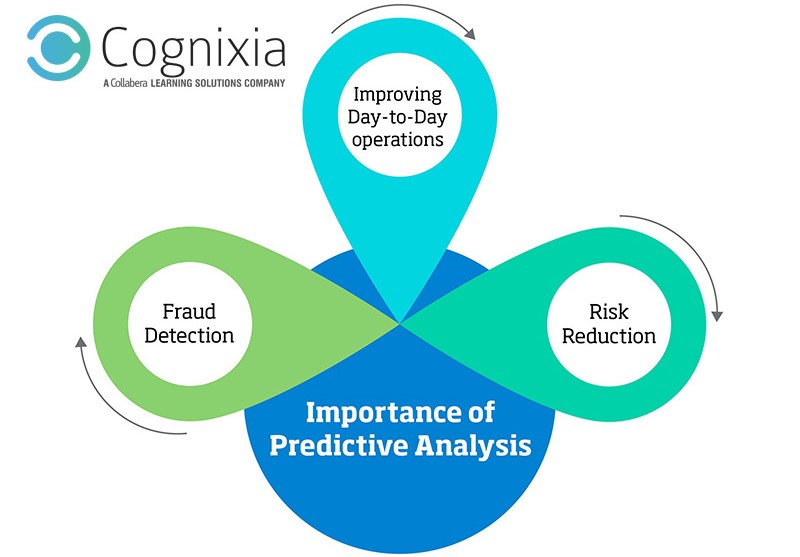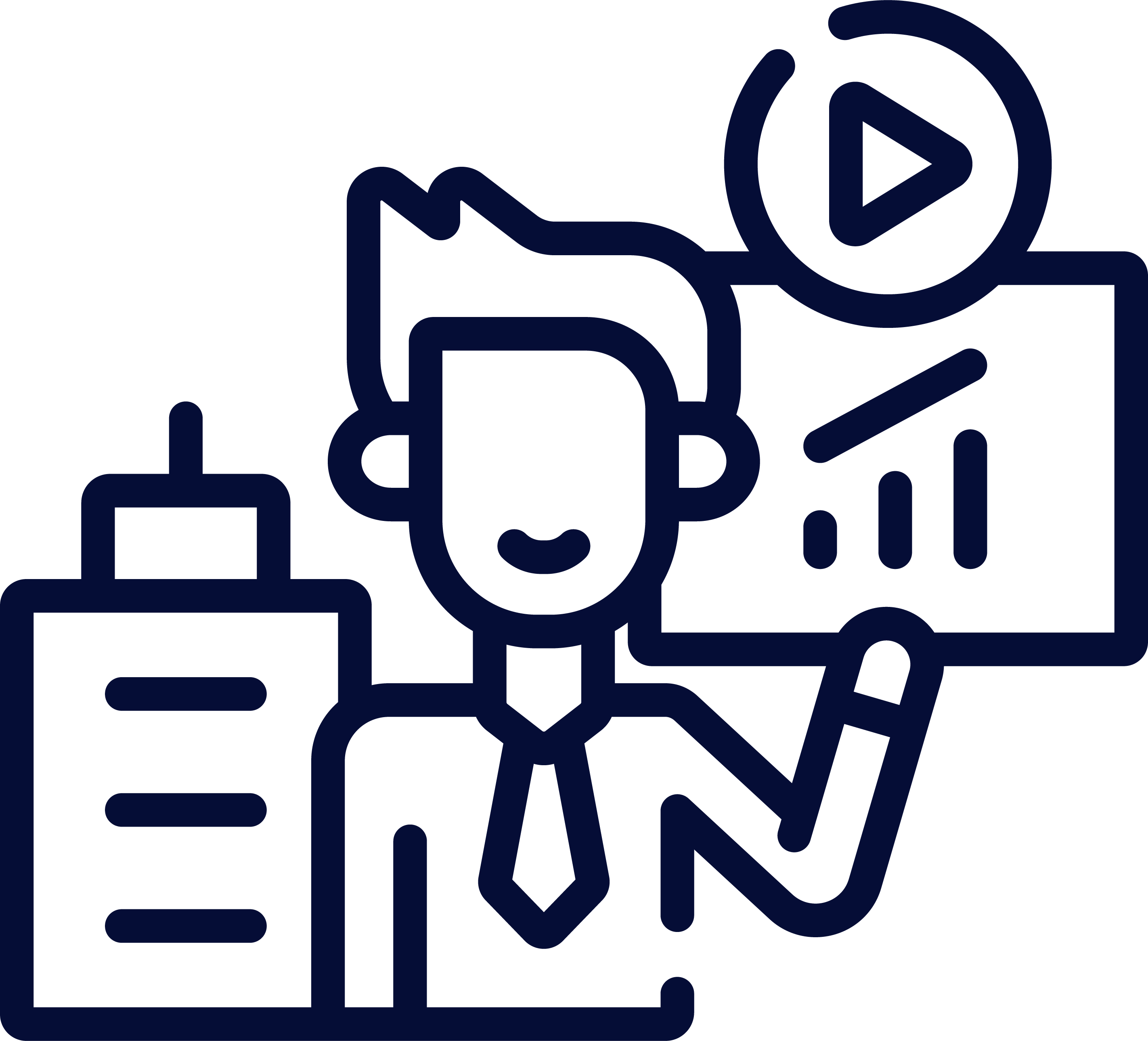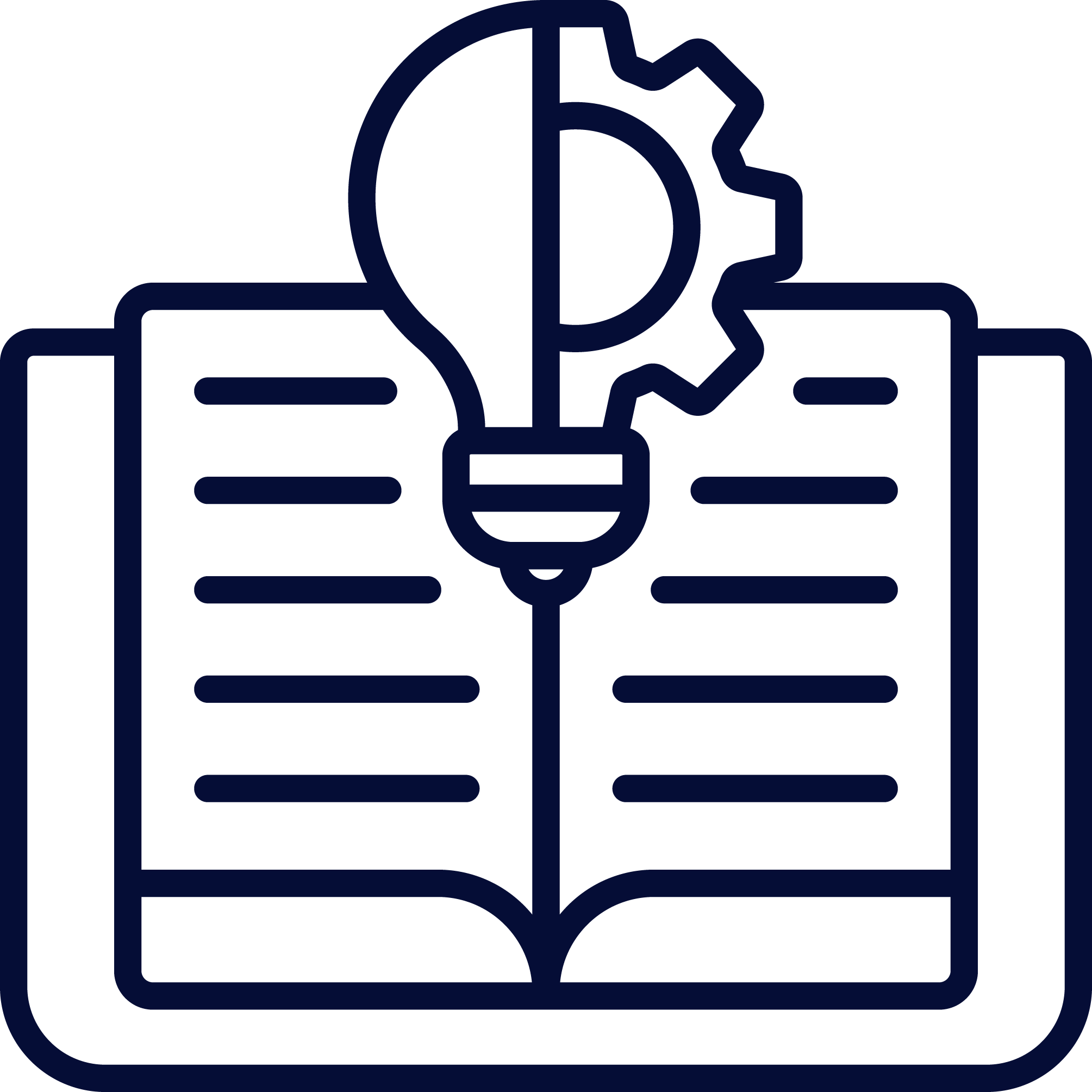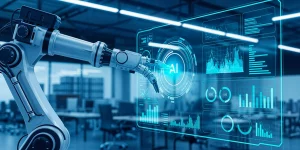Everyone is talking about Data Science these days but very few have a clear understanding of what exactly it is. If we have to give a very high-level definition of Data Science, it would be, “Make data make sense”. It simply means that we extract some insights from all the data that is available to us by using different statistical and mathematical calculations.
The entire data science process involves data mining, data cleaning, analysis and reporting (visualization). Companies have drawn their attention to predictive analysis, which is the most important kind of Analysis. As the name suggests this kind of analysis is used to predict something, anything!
Predictive Analysis is being used by businesses to improve their bottom-line and lead the race in a very competitive market. So, what has changed now that businesses have, all of a sudden, started using predictive analysis to this extent? Below are a few reasons:
- The way data is growing in size and in variety. Predictive analysis can be very useful and interesting to extract useful insights from that data
- Computers have become cheaper and faster
- The software to do predictive analysis have become easier to use
- Tough competition and the will to stay ahead in the race with the help of new technology
Predictive analysis is being used by not just statisticians and mathematicians but by business analysts, data analysts and managers with their respective domain expertise.

Importance of Predictive Analysis
- Fraud Detection: Cybersecurity is a major threat today, a combination of multiple analytical techniques can help in improving pattern detection and stop criminal activities. Advanced behavioural analytics can track real-time action and find deviation indicating the threat.
- Improving Day-to-Day operations: Predictive analytics is used to manage resources and forecast inventory. Ticket prices are being set by Airlines using Predictive analytics. Hotels predict the number of guest on a given day to maximize occupancy and improve bottom-line.
- Risk Reduction: Banks are using predictive analytics to detect defaulters. A credit score is a fine example of predictive analytics, it is a number generated using predictive analytics and determines a person’s credit worthiness.
How does Predictive Analytics Works
Predictive analytics process starts with defining the project outcomes, what would be the deliverables, the scope and business objective. The data set to be used for analytics is identified. The next step is data collection; data mining is an important step for data collection. Then comes analysis, and the process of finding useful information from the raw data begins. After analysis statistical models can be created to automate the process of predicting for future.
There are many types of Software available in the market to make the process of predictive analytics easier. Softwares like SAS predictive analytics, IBM predictive analytics, SAP predictive analytics, SAP infinite insight, STATISTICA, MATLAB, Minitab, Oracle Data Mining, Data Science Studio, TIBCO Analytics, TIMi Suite,
Predictive Analytics could be a great career option for anyone who has a problem-solving attitude and is good with statistics and mathematics. For more information on predictive analytics, please feel free to get in touch with us




